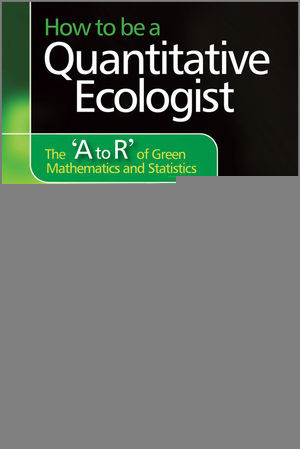

Most ebook files are in PDF format, so you can easily read them using various software such as Foxit Reader or directly on the Google Chrome browser.
Some ebook files are released by publishers in other formats such as .awz, .mobi, .epub, .fb2, etc. You may need to install specific software to read these formats on mobile/PC, such as Calibre.
Please read the tutorial at this link: https://ebookbell.com/faq
We offer FREE conversion to the popular formats you request; however, this may take some time. Therefore, right after payment, please email us, and we will try to provide the service as quickly as possible.
For some exceptional file formats or broken links (if any), please refrain from opening any disputes. Instead, email us first, and we will try to assist within a maximum of 6 hours.
EbookBell Team

5.0
38 reviewsThe text is addressed to readers who haven't used mathematics since school, who were perhaps more confused than enlightened by their undergraduate lectures in statistics and who have never used a computer for much more than word processing and data entry. From this starting point, it slowly but surely instils an understanding of mathematics, statistics and programming, sufficient for initiating research in ecology. The book’s practical value is enhanced by extensive use of biological examples and the computer language R for graphics, programming and data analysis.
Key Features:
How to be a Quantitative Ecologist provides a comprehensive introduction to mathematics, statistics and computing and is the ideal textbook for late undergraduate and postgraduate courses in environmental biology.
"With a book like this, there is no excuse for people to be afraid of maths, and to be ignorant of what it can do."
—Professor Tim Benton, Faculty of Biological Sciences, University of Leeds, UKContent:
Chapter 1 How to Make Mathematical Statements (pages 15–65):
Chapter 2 How to Describe Regular Shapes and Patterns (pages 67–106):
Chapter 3 How to Change Things, One Step at a Time (pages 107–136):
Chapter 4 How to Change Things, Continuously (pages 137–175):
Chapter 5 How to Work with Accumulated Change (pages 177–212):
Chapter 6 How to Keep Stuff Organised in Tables (pages 213–250):
Chapter 7 How to Visualise and Summarise Data (pages 251–277):
Chapter 8 How to Put a Value on Uncertainty (pages 279–297):
Chapter 9 How to Identify Different Kinds of Randomness (pages 299–344):
Chapter 10 How to See the Forest from the Trees (pages 345–380):
Chapter 11 How to Separate the Signal from the Noise (pages 381–423):
Chapter 12 How to Measure Similarity (pages 425–440):